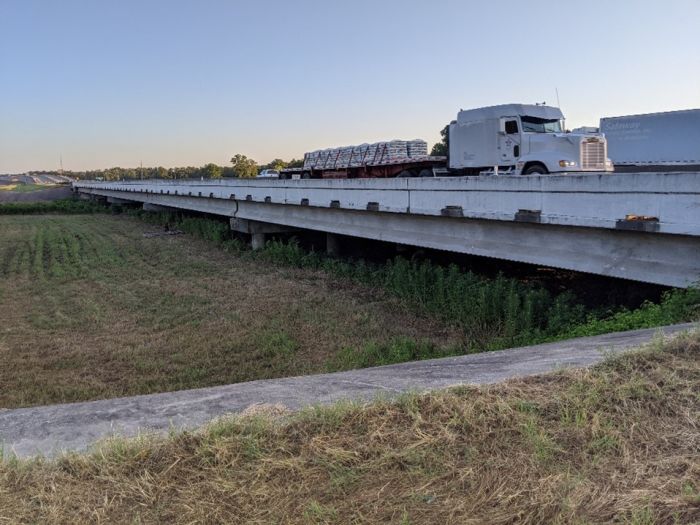







In the intricacies of transportation networks, bridges take center stage, knitting together communities and ensuring the seamless flow of goods and people. The tried-and-true bridge designs—sporting simply supported girders—have long relied on expansion joints. This type of joint, however, has persistent issues, such as leaks and damage to girder ends, which triggered a search for better solutions. Enter link slabs: a beacon of promise offering continuous deck flexibility without the headaches tied to traditional expansion joints.
This quest led Texas A&M University researchers to explore link slabs as a potential remedy for the downsides of expansion joints. As they moved forward with this innovative solution, however, lingering questions arose about how link slabs would behave under diverse loads and what the potential risks were of cracking and deterioration. Let’s look at a field study that meticulously scrutinized bonded link slab behaviors across five Texas bridges.
Championing this innovative research endeavor, the researchers from Texas A&M University recognized the vital need for a deep understanding of link slab behavior. Together, they embarked on a hands-on effort, instrumenting five bridges with displacement and strain gauges. The mission was clear: collect data under various loads and conditions to unravel the intricacies of bonded link slabs.
How did the researchers collect data? They harnessed cutting-edge technology with tools that included the Campbell Scientific CR6 automated monitoring platform, the Granite™ VWire 305 dynamic vibrating wire analyzer, and GEOKON vibrating wire displacement and strain gauges. Selecting bridges was no arbitrary task either; the researchers carefully identified locations to represent diverse characteristics affecting link slab behavior, including span length, girder type, and deck unit length.
After being deployed, the CR6 automated monitoring platforms continuously collected data from the GEOKON vibrating wire displacement gauges and strain gauges with built-in thermistors. To ensure a continuous stream of data for insights, the CR6 platforms were powered by two robust batteries, each with a 100-amp-hour capacity. With the ability of each CR6 to accommodate eight gauges each, Texas A&M University researchers were able to deploy a total of sixteen gauges, elevating the richness and precision of their data collection.
Now, let's jump into the highlight reel of our findings.
Thermal Equilibrium: Picture thermal differences leveling out in late morning or early afternoon, akin to finding balance during the day.
Deformations: Those link slabs on the interior spans? They flex more under thermal loads than their counterparts on exterior girders, thanks to the added stiffness from barriers or railings.
Design Impact: Ever wondered about flush, precast panel (PCP) details? They're more flexible but sacrifice some continuity between spans compared to offset PCP details, potentially leading to concentrated cracking in smaller areas.
Deck Units and Rotation: It's a numbers game. More units in a continuous deck led to larger positive rotations under live load, while fewer units resulted in both larger positive and negative rotations under a thermal load.
Effective Link Slab Length: The magic lies in the data at girder ends, helping the researchers to calculate an effective link slab length—a key player in link slab stiffness and continuity between spans.
Dual Considerations: Thermal and live load effects team up to significantly influence girder end rotation and link slab strain, emphasizing the need for both considerations in design.
Cracking Strain: Here's the interesting part. Strain in link slab concrete often pushes beyond cracking strain limits at the top and bottom of the deck, especially in specific design details.
Longitudinal Reinforcement: Brace yourself. Strain in the longitudinal reinforcement of the link slab hits yield strain only in flush PCP details under certain conditions.
These findings aren't just pieces of a puzzle; they're the insights that pave the way for smarter, more durable bridge designs. Texas A&M University, through its research efforts, has pushed the boundaries of our understanding of bonded link slab behavior. This case study isn't just a collection of data; it's a testament to the power of innovative thinking in shaping the future of bridge design. So, buckle up, because this isn't just about bridges; it's about building a smoother, more resilient journey for us all.